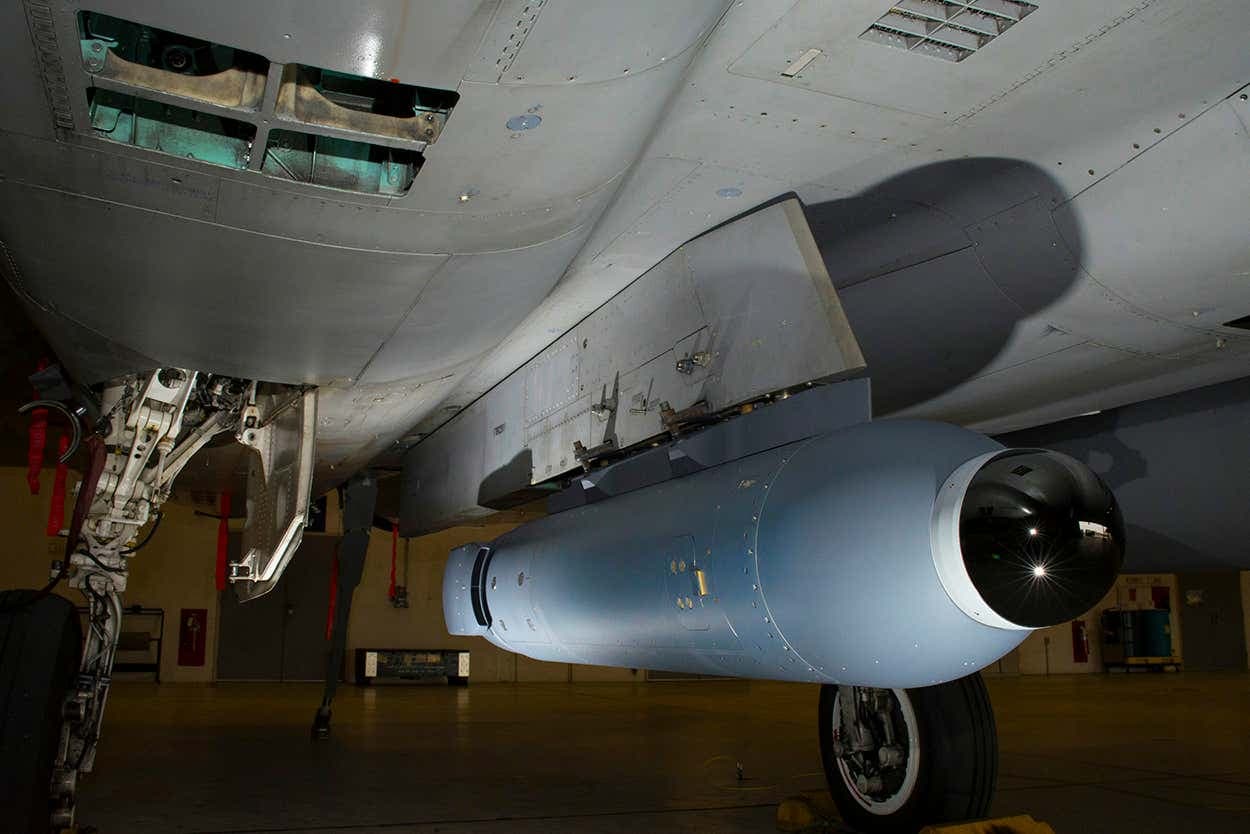Chinese engineers have built a small infrared search-and-track system that can detect the heat signature of a high-speed mobile aircraft at an unusually long range, according to the latest report by the South China Morning Post (SCMP).
A team of engineers from a defense contractor Sichuan Jiuzhou Electric Group Company, published a paper in the peer-reviewed Chinese journal, Infrared and Laser Engineering, on August 19, claiming that their infrared system could spot and track a civilian aircraft from a distance of 285 kilometers.
“The outline of the target, the rotor, the tail, and the number of engines can be identified from the infrared spectrum image,” said the team led by Liu Zhihui, an electro-optics engineer.
According to the researchers, the heat-seeking radar can also emit laser beams to illuminate the target aircraft to collect more information, such as the number of windows on the plane.
Due to its small size, the radar system can be mounted on a car, aircraft, or even a satellite for various purposes, including “surveillance, early warning and [missile] guidance,” said Zhihui.

Infrared Search-and-Track Technology
As EurAsian Times has discussed earlier, infrared search-and-track (IRST) systems are indispensable for detecting stealth aircraft.
The radar-evading design features on stealth aircraft do not affect the IRST, as it depends on its infrared (IR) signature alone. The IR signature of an aircraft comprises the heat generated from engines and the frictional heating with air with the nose and leading edges becoming hot as the aircraft cuts through the air at high speeds.
Although there are measures to help reduce the IR signature of an aircraft, for example, American stealth aircraft like F-35, F-22, and F-117 Nighthawk have been seen with a mirror-like reflective metallic coating that is said to reduce IR signature, it is still difficult to hide them from increasingly advanced IRST systems.

Also, IRST technology is entirely passive, meaning it does not give away the location of the aircraft it is mounted on, unlike search radars which emit radio waves if the pilot uses the radar in active mode to detect the enemy airplane.
Glimpse of OLS-30 Electro Optical (EO)/ InfraRed (IR) Search & Track (IRST) system of Su-30MKI in action. Can track multiple targets and offer precise firing solutions when cued with Helmet Mounted Sight and short range heat seeking missiles like R-73E.
Clip by @AviationWall pic.twitter.com/Z6BVTr8su7
— Rishav (ऋषव) | ??? (@_devildog_rv_) September 12, 2021
China has reportedly developed an IRST radar for its J-20 stealth aircraft that can pick up the signature of a US B-2 stealth bomber and an F-22 fighter from 150 kilometers and 110 kilometers away, respectively, as per a report by Flightglobal.com in 2015.
Counter-stealth radar technologies are one of the prime areas of research in China, particularly after an American B2 stealth bomber accidentally attacked the Chinese embassy in Belgrade during NATO’s 1999 air war over Yugoslavia.
The vulnerabilities of the B2 stealth bomber to IRST systems began emerging in the 1990s, as the Soviet Union developed advanced heat-seeking detection systems.
According to American aeronautics experts with access to classified B-2 design and performance data, the stealth bomber has certain hot spots, which include sections of the aircraft’s non-metallic skin and the intakes, tailpipes, and exhaust plumes of four turbo-fan jet engines.

“If a fighter can get in range of its tail, the [B-2] plane is dead,” one aeronautics expert in the US had remarked back in 1991.
However, the range of detection by IR sensors is not very large because the IR waves are absorbed quickly by the atmosphere due to their relatively low energy in the electromagnetic spectrum, preventing them from reaching the IR sensors.
New Infrared Radar Can Scan The Sky Faster Than Existing Heat Seekers
In the paper, Zhihui’s team notes that increasing an infrared radar’s detection range is not easy, as only a few photons – particles of light – could reach the detector’s tiny lens. Zhihui said their system uses an advanced single-photon detector to address this issue.
A single-phone detector (SPD) is an optical sensor commonly used in quantum machines to detect and measure single photons accurately.
Well, the Chinese have actually blended the IRST into J-20's skin unlike the Russians… pic.twitter.com/ESI7jW0qI4
— R A Popalzai ?? (@Radion_Popalzai) December 19, 2021
Zhihui’s team did not provide specifics about their SPD, but China is known to be a leading player in this field. For example, in 2016, China launched Mozi, a satellite equipped with the most sensitive SPD at the time that was able to facilitate quantum communication to space for the first time.
Another problem, according to Zhihui and his colleagues, was the speed of an aircraft, as the infrared radar had to scan the sky for long durations to pick up a distant threat with a weak signal and a fast-moving target could leave behind a blurry image.
For that, Zhihui’s team introduced a fast-spinning mirror inside to eliminate the motion blur by precisely and automatically adjusting the direction of light beams.
The team claims that their radar can scan the entire sky in a distant target-searching mode in just a few seconds, faster than most heat-seeking radars currently in use.

Zhihui’s team said that they tested their radar in challenging temperature conditions, varying from minus 40 degrees to 60 degrees Celsius (minus 40-160 degrees Fahrenheit), and its performance remained stable.
Apart from Zhihui’s team, a team of researchers from the Chinese Academy of Sciences Changchun Institute of Optics, Fine Mechanics, and Physics also developed a long-range infrared radar that was reportedly able to detect an aircraft’s heat signature from a distance of 225 kilometers.
As per the claims by scientists involved in the project, the device is also able to identify and track the International Space Station (ISS) from a distance of over 1,000 kilometers on a clear night.
- Contact the author at tanmaykadam700@gmail.com
- Follow EurAsian Times on Google News




